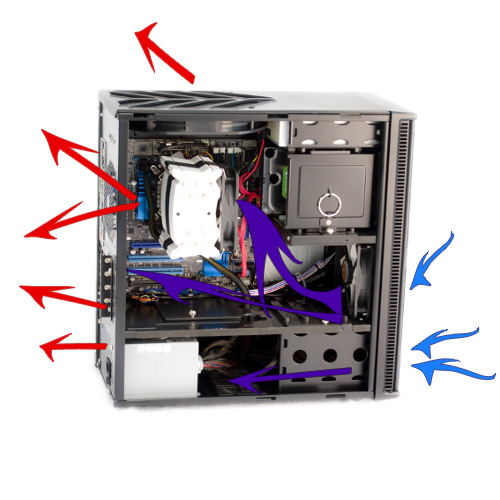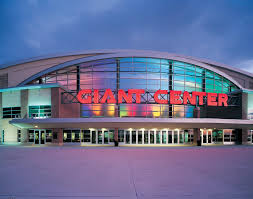PC Talk: Cooling

(photocredit newegg)
Heat is a byproduct of many things, and computers are not an exception of this rule. Tablets, smartphones, mechanical parts, and digital circuitry are just some of the technological things that create heats as a byproduct of their main product.
Everything that is a computer, anything that can think by itself, or by human input, puts off heat. Calculators and flip phones are some of the technologies that create heat but are not really noticed. Smartphones get hot just like calculators, but this heat is more noticeable. Smartphones get hot, this can be observed while playing a game or downloading files. “What is creating the heat?” You may ask. Heat is created in smartphones mainly from the battery and the CPU. The heat in the smartphones is always stable up until more power is needed and more processing power is needed, such as playing certain apps. Since smartphones get hot, they usually have a tolerance to heat that allows them to drain their resources faster, but stay unaffected by heat. PC computers get hot as well, but they put off almost quadruple the heat. The tolerance in each system is different in most iPhones a range of 35-95 degrees Fahrenheit. Anything above those temperatures and the phones will shut down and reboot the reason? The reason is because this heat will damage your phone, and there is preinstalled software in most computers that say when to shut down because of a heat overload. Smartphones do not have fans like desktop computers and some laptops do. This fact alone allows for more room for a computer’s components to work full load or even above load without negative feedback. Desktop computers have fans, heat sinks, and some extreme cases even radiators to cool down parts inside of a PC. Everything in the desktop computers create more heat than what is created inside of a Smart phone. In a desktop computer the heat threshold is a lot different than that of a smaller, more inferior computer. Desktops thresholds can range between -300 to 200 degrees Fahrenheit. Processors create the most heat in side of a computer, it is a fact. This is why processors are always shipped with heat skin fan unlike those of a mobile processor. Fans are always useful, and simple to use; power on, and it blows air in a certain direction, simple. Newer technology allows for liquid cooling of processor and other parts. Liquid cooling is lot more efficient of course, but is a lot more accident prone. Accidents such as spilling of the cooling liquid can occur and ruin some PC’s.
Cooling of any PC part is a necessity, just like oil to a car’s engine, cooling is needed for all the parts in a PC. Fans that intake and exhaust air are the main factors in keeping part cool and functional.

Noah Barno is a junior and a second year Journalism student.
Noah Barno helps at churches and other organizations (such as food drives and festivals.)
Some...












